Wine is a nifty utility that allows users to run Windows applications inside a Linux environment. Wine 6.0 is finally out, and it ships with an array of numerous improvements and a total of 40 bug fixes.
Some of the key areas that have witnessed great changes include:
- Text console redesign
- Vulkan support enhancements
- Text and fonts
- Kernel objects & functions
- An array of core modules in PE format.
- DirectShow and Media Foundation support.
- Improvements in audio & video frameworks.
For a more comprehensive list of the numerous changes that have been made, check out Wine’s announcement.
The latest release is dedicated to Ken Thomases who, before his untimely death over the Christmas period, was a seasoned & brilliant developer who was behind Wine support in macOS. Our thoughts and prayers go out to his colleagues, family, and friends.
Let’s shift gears and focus on how to install Wine 6.0 on Ubuntu 20.04.
Step 1: Enable 32-bit Architecture
The first course of action is to enable the 32-bit architecture using dpkg command as follows:
$ sudo dpkg --add-architecture i386

Step 2: Add Wine Repository Key
Once the 32-bit architecture is added, proceed and add the Wine repository key using the wget command as shown.
$ wget -qO - https://dl.winehq.org/wine-builds/winehq.key | sudo apt-key add -

You should get an ‘OK’ output on the terminal as seen from the screenshot above.
Step 3: Enable Wine Repository
Upon adding the repository key, the next step will be to enable the Wine repository. To add the repository, invoke the command shown:
$ sudo apt-add-repository 'deb https://dl.winehq.org/wine-builds/ubuntu/ focal main'
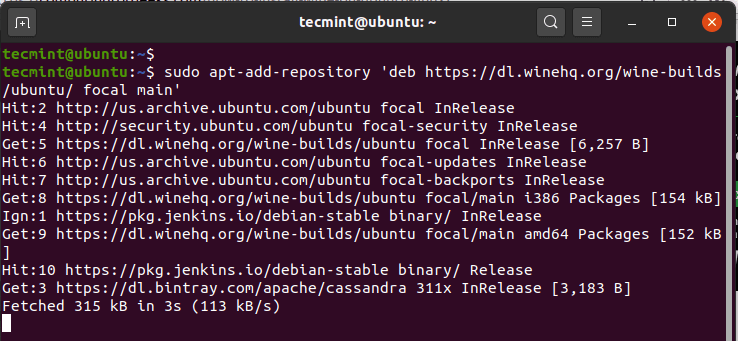
Then update the system package lists as shown.
$ sudo apt update
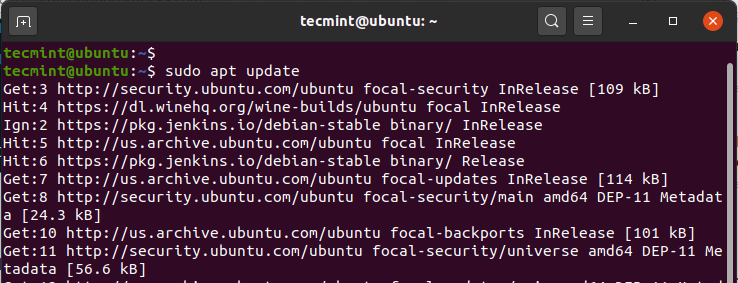
Step 4: Install Wine 6.0 in Ubuntu
All that is left at this stage is to install Wine 6.0 on Ubuntu using the APT package manager as follows.
$ sudo apt --install-recommends winehq-stable
This will install an array of packages, libraries, and drivers.
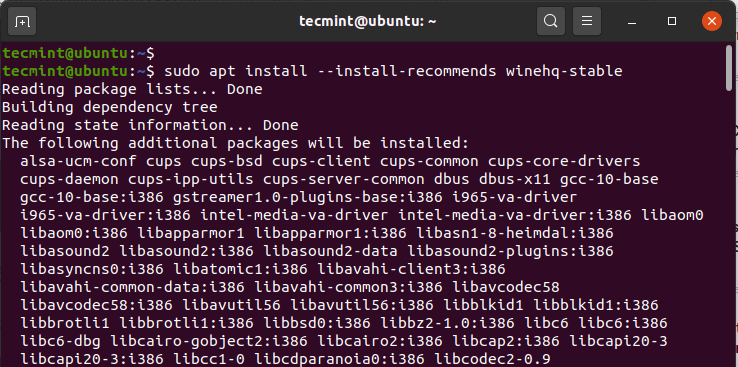
Once the installation is complete, verify the wine version as shown.
$ wine --version

Step 5: Using Wine to Run Windows Programs in Ubuntu
To demonstrate how you can use Wine to run a Windows program, we downloaded Rufus executable file (.exe) from the Rufus official Site.
To run the file, run the command:
$ wine rufus-3.13.exe

Wine will start by creating a Wine config file in the home directory, in this case, ~/.wine as shown.
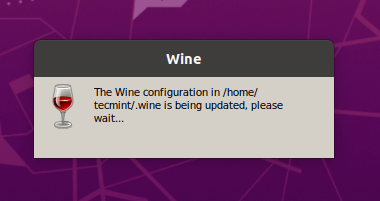
When prompted to install the wine-mono-package which is required by .NET applications, click the ‘Install’ button.

The download will soon start
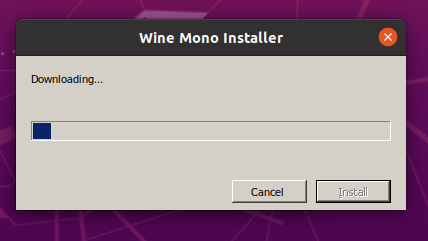
Additionally, install the Gecko package which is required by applications embedding HTML.

Select whether you want to check for application updates from time to time.
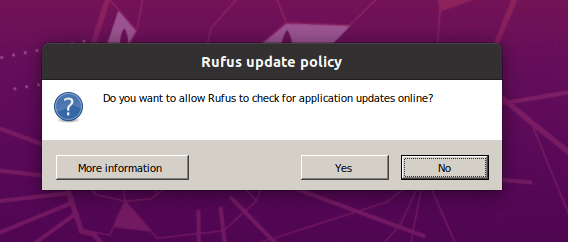
Finally, the Rufus UI will be displayed as shown.
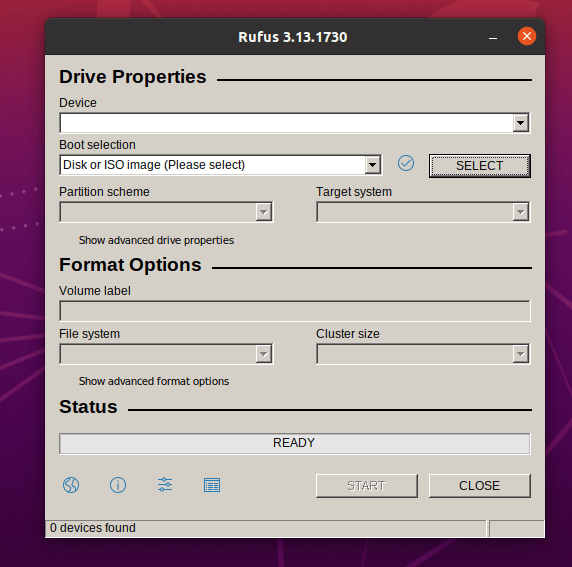
We have successfully installed Wine on Ubuntu 20.04 and gave you a preview of how you can execute Windows application in .exe format which normally wouldn’t run in a Linux environment.
Any thoughts or feedback on this guide? Do let us know.
